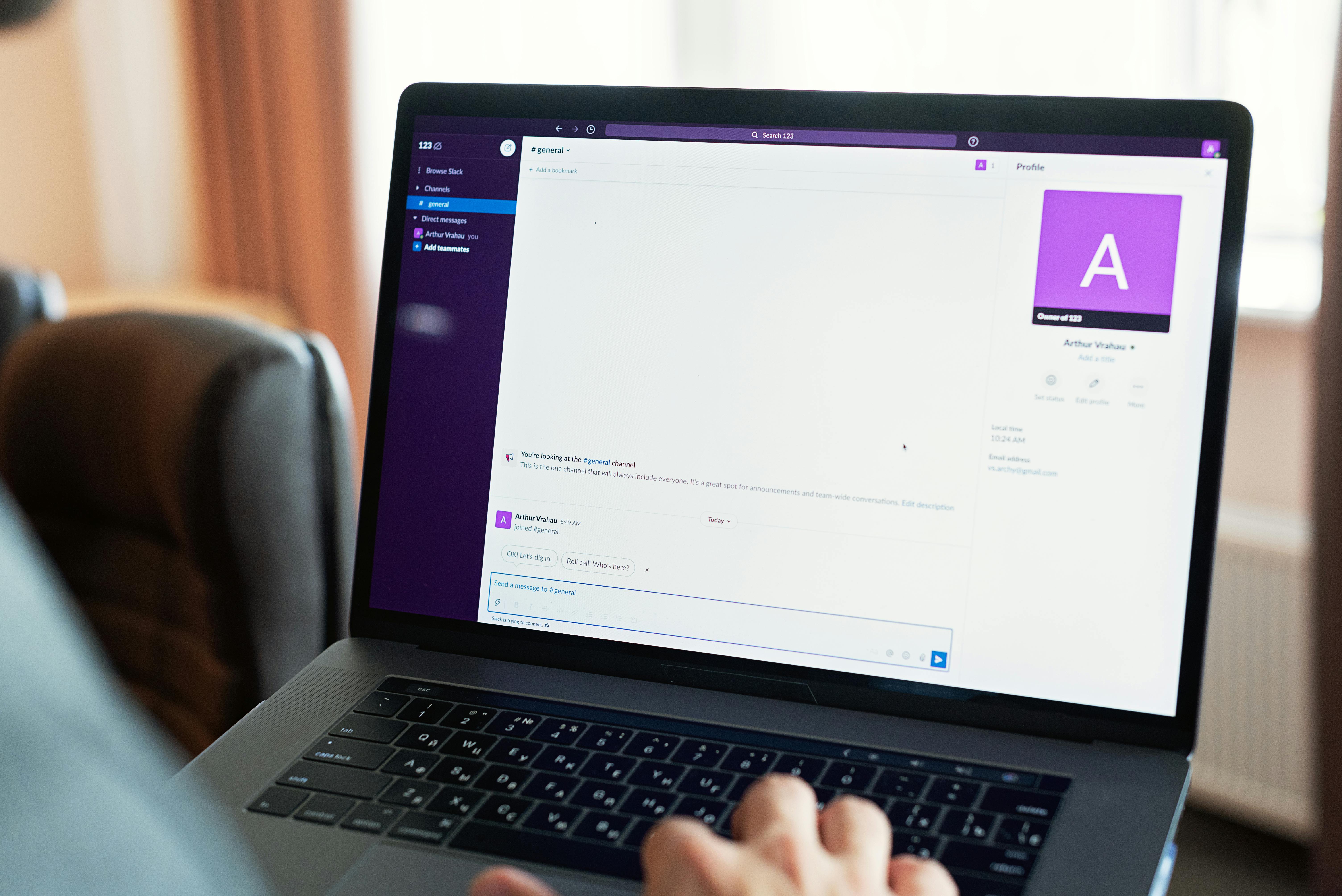The European Accessibility Act: What Changes for Digital Accessibility

The success of the web has significantly facilitated access to a wide range of information and services, reducing both the time and effort required to obtain them, as it eliminates the need for physical travel. For instance, a user can check a shop’s opening hours without risking finding it closed upon arrival. Social networks allow people to stay in touch with friends and make new ones, or to share photos and memories with family and friends without needing to be in the same physical place. One can read the newspaper without leaving the house to buy it on a rainy day.
Unfortunately, these improvements may not benefit everyone equally, particularly those who would need them the most. People with disabilities often face greater difficulties in moving around; for example, someone with a visual impairment cannot drive. Online access to information becomes, therefore, even more vital for them. But what happens when accessing that information feels harder than breaking into a fortified citadel? This is often the kind of experience a person with a disability (for instance, a visual impairment) encounters when visiting an inaccessible website. This is why digital accessibility is such a crucial issue: without it, new technologies risk excluding precisely those individuals who could benefit from them the most, creating technological barriers comparable to physical ones.
Accessibility means designing and building services and environments that can be used by everyone, regardless of their abilities—whether permanent or temporary—or the devices they use. Although primarily aimed at people with disabilities, accessibility also enhances the user experience for all individuals. It is beneficial for other entities as well, such as search engines that scan web pages to provide relevant results to users, even if they are not human themselves (Kalbag, 2017).
Starting from 28 June 2025, Italy enforced compliance with the European Directive (EU) 2019/882, known as the European Accessibility Act (EAA) (European Commission, 2019/882). This directive updates the minimum accessibility requirements for digital products and services.
The right to access digital services was first established in 2004 with the so-called “Legge Stanca”, later revised in 2010, which required public bodies to develop websites accessible to all user categories. Specifically, the law recognises “the right of every individual to access all sources of information and related services, including those provided through IT and telecommunication tools” (Law No. 4 of 9 January 2004, Provisions to support the access of people with disabilities to IT tools, 2004). However, this legislation imposed no binding obligations on private entities, offering only recommendations.
Although this law was among the first internationally to recognise the right of people with disabilities to access digital content, its implementation was ineffective for years due to the lack of a supervisory body responsible for monitoring compliance and applying sanctions.
In 2012, the Italian government established AGID, the Agency for Digital Italy, assigning it the task of monitoring compliance and intervening in cases of non-compliance. Since 2017, AGID has also hosted the Digital Ombudsman. AGID has made available standard accessibility declaration templates that all public administrations must publish on their websites. Since 2022, private entities offering online or mobile app services to the public, with an average annual turnover exceeding 500 million euros over the past three years, are also required to submit an accessibility declaration. To ensure the law's effectiveness, non-compliance can result in fines of up to 5% of the entity’s turnover.
From June 2025, all consumer-facing digital services—such as transactional websites, e-ticketing systems, and self-service digital ordering kiosks—introduced to the market for the first time must comply with accessibility requirements. Existing services already on the market will have until 2030 to meet the requirements, and in the meantime, must provide an accessibility declaration.
The introduction of a substantial financial penalty raises hopes that this regulation will be properly enforced. Any citizen who encounters a non-accessible digital service can report it to AGID.
In practical terms, the implementation of this legislation will benefit not only people with disabilities but also all users and service providers. An accessible service is also more usable and tends to have higher conversion rates (i.e. the frequency with which visits lead to actions such as purchases) and better search engine rankings, appearing more frequently at the top of results pages.
An example of an accessible service is a subtitled video, which can be used not only by individuals with hearing impairments, but also by anyone in a quiet environment, such as a library, or a noisy one, like a train journey.
Bibliography
AGID. (2025, Gennaio 16). Monitoraggio accessibilità. Tratto da https://monitoraggio.accessibilita.agid.gov.it/
European Commission. (2019/882). European Accessibility Act (EAA). Tratto da https://commission.europa.eu/strategy-and-policy/policies/justice-and-fundamental-rights/disability/union-equality-strategy-rights-persons-disabilities-2021-2030/european-accessibility-act_en
Kalbag, L. (2017). Accessibility for Everyone. A book apart, ISBN: 978-1-937557-61-4.
(2004). Legge 9 gennaio 2004, n. 4, Disposizioni per favorire l’accesso dei soggetti disabili agli strumenti informatici,. Pubblicata nella Gazzetta Ufficiale n. 13 del 17 gennaio 2004. Disponibile al link http://www.camera.it/parlam/leggi/04004l.htm.

